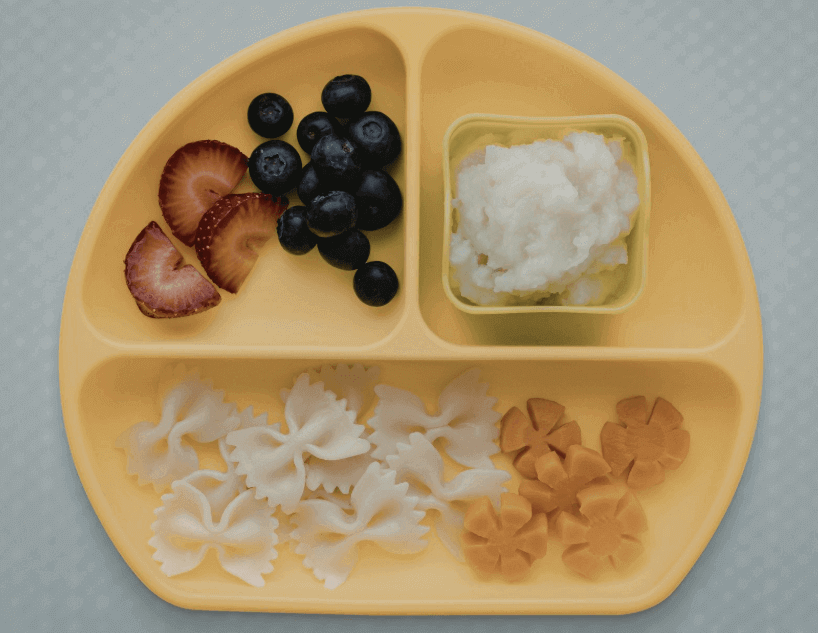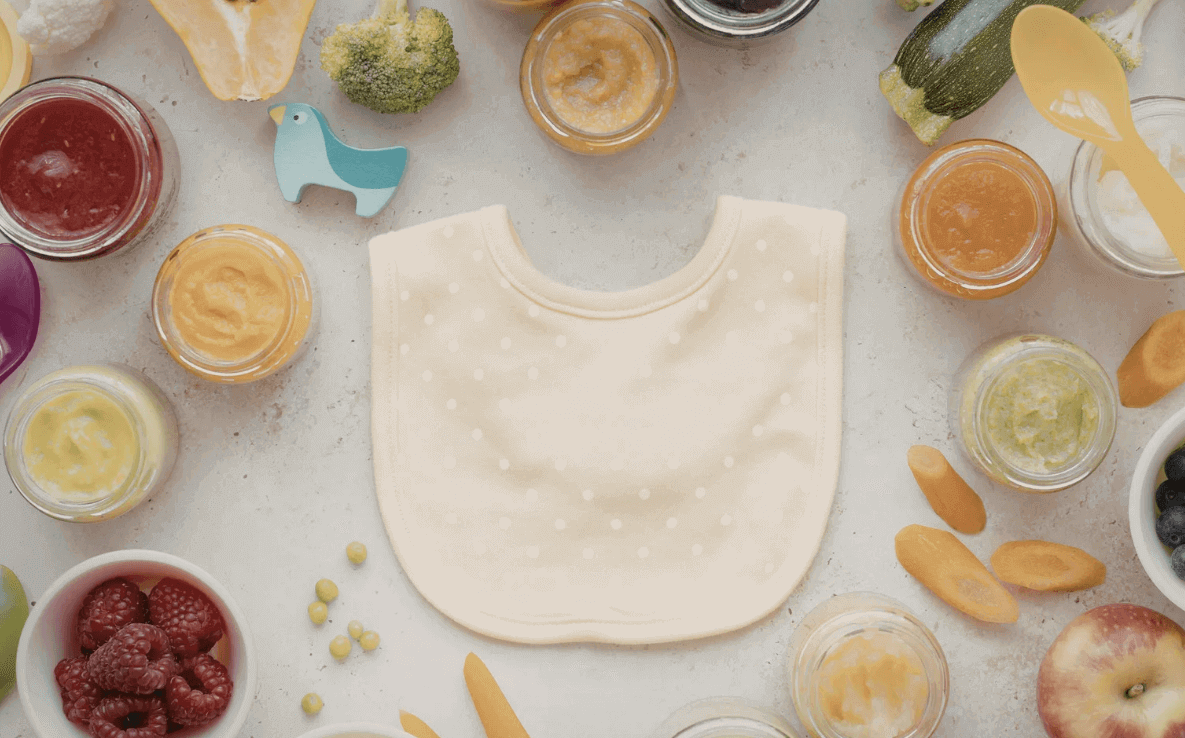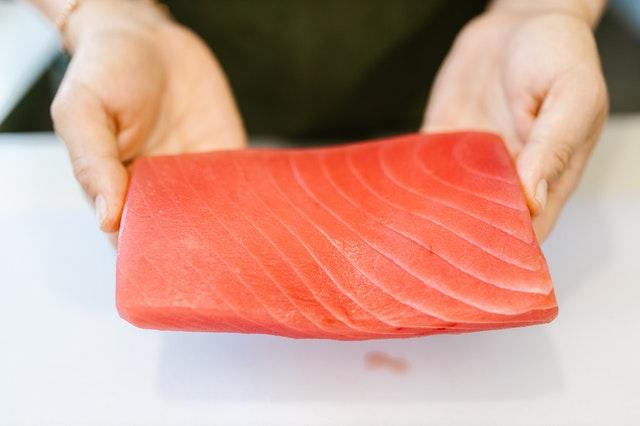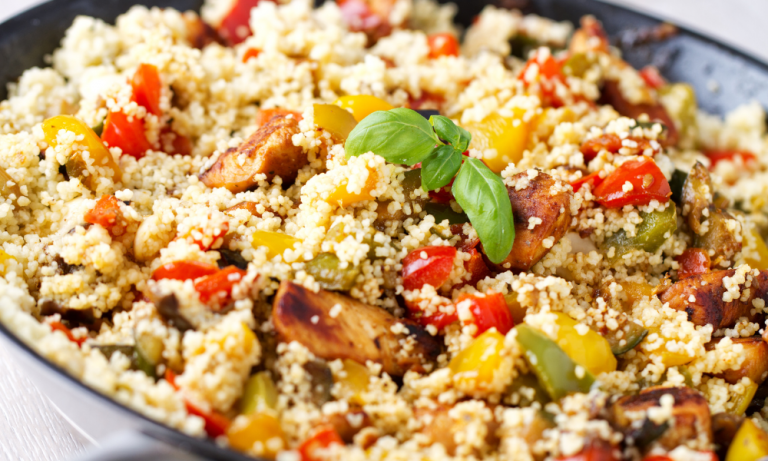Why More Parents Are Rethinking Baby Nutrition
Last Updated on October 7, 2025
Raising a baby today looks different than it did even ten years ago. Grocery store shelves are packed with options, online forums are buzzing with debates, and parents often find themselves stuck between science, tradition, and marketing.
The truth is, baby nutrition has always been complicated. What’s changing now is the level of choice and transparency families expect. From how formula is made to how toddler diets are shaped, there’s a noticeable shift toward foods that feel more natural, more intentional, and more in line with what parents want for their children’s long-term health.
The Evolution Of Infant Formula
Formula has been around for decades, but the way parents view it has changed dramatically. What used to be a fallback option is now an industry built on innovation, designed to more closely mimic breast milk while respecting modern parents’ needs.
For families who can’t or choose not to breastfeed, new formulations offer reassurance that they’re giving their babies something carefully designed and nutritionally complete. Interest has surged around specialized blends that move beyond generic options.
A growing number of parents are turning to toddler nutritional drink companies such as Bubs for a couple of reasons, actually. Not only is the formula from these companies easier for some babies to digest, but their products are also more likely to align with values around sustainable farming.
This shift reflects a broader cultural moment: parents are reading labels more closely than ever and demanding better sourcing from the start of their child’s life.
Raising Toddlers In The Age Of Food Awareness
Once a baby turns into a toddler, the choices only multiply. The days of chicken nuggets and boxed mac and cheese being the default are giving way to meals that echo the way the rest of the family eats.
Parents are pulling ideas from global cuisines, experimenting with fresh produce, and swapping out processed snacks for more wholesome alternatives. Some even explore diets like Paleo toddler food, aiming to give their children simple, unprocessed meals that fit a certain nutritional philosophy.
While not every family is cutting grains and legumes from a two-year-old’s plate, the impulse reflects a shared desire: raising children with real, recognizable food as the foundation.
There’s a sense that what kids eat now can set patterns for the rest of their lives, and parents are motivated to start strong.

The Rise Of Conscious Sourcing
Parents today are as interested in where baby nutrition comes from as they are in what’s inside it. Transparency has become a selling point, and brands know it. Organic certifications, pasture-raised claims, and details about farming practices aren’t just marketing gloss—they’re driving choices in the baby aisle..
This is especially true in households where parents are already shopping this way for themselves. If a family is committed to buying ethically sourced coffee, grass-fed beef, or locally grown vegetables, it only makes sense they’ll want the same standards applied to their child’s formula or first foods.
That demand is reshaping the industry, putting pressure on manufacturers to raise their standards and prove it with traceable sourcing.
Balancing Convenience And Health
Even with all these ideals, real life still matters. Parents juggle jobs, childcare, school runs, and endless to-do lists, so convenience has to factor in. The challenge is finding options that don’t feel like shortcuts at the expense of health.
Pouches of puréed vegetables, pre-portioned organic snacks, and ready-made formula mixes help parents feed their kids well without adding hours of kitchen prep. Critics might say modern parenting leans too heavily on packaged foods, but many families see them as practical tools that keep kids nourished in busy households.
The goal isn’t perfection—it’s striking a balance where health and convenience live in the same kitchen.
Cultural Shifts In Family Eating
One of the most striking changes in recent years is how often families are eating together. Shared meals, even if imperfect, are returning as a priority. Parents are less likely to prepare separate “kid food” and more likely to plate up smaller versions of the same dinner for everyone.
This reflects both practical needs and a philosophical shift: the belief that children can adapt their palates early and learn to enjoy a wide range of flavors.
Parents are realizing that exposure matters, and they’re more willing to let their toddlers try everything from curry to roasted Brussels sprouts. It’s not just about nutrition—it’s about teaching kids to feel comfortable with food as part of life rather than a battlefield of picky eating.

The Next Phase Of Baby Nutrition
The future of toddler and baby nutrition is moving toward integration rather than separation. Parents want their children to eat food that doesn’t feel so different from what the rest of the family is eating.
They want formulas that come from animals raised the way they believe is right, and toddler meals that reflect values around health and sustainability. As more options become available, the power shifts further into parents’ hands.
They’re no longer just passive consumers of what’s on the shelves. They’re shaping demand, influencing industry standards, and pushing for better choices at every stage of childhood.
The way babies and toddlers are fed today speaks volumes about cultural priorities. Parents want options that honor science without dismissing tradition, that respect busy lives without sacrificing health, and that prepare children not just to survive, but to thrive.
In many ways, this shift in toddler and baby nutrition is less about products and more about a mindset. Families are reclaiming their role as decision-makers in their children’s health from the very first bottle to the very first bite. That sense of agency, more than any trend or label, might be the most lasting change of all.





